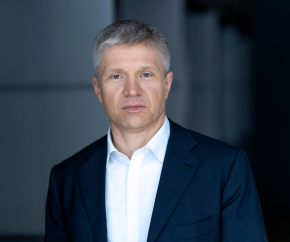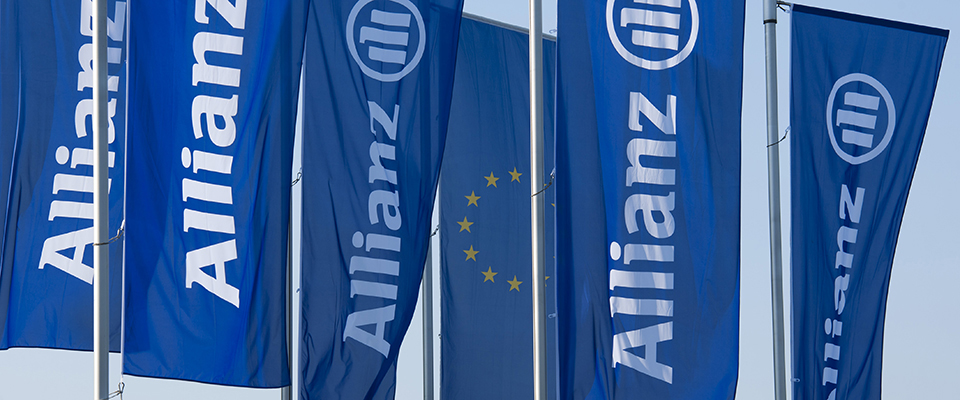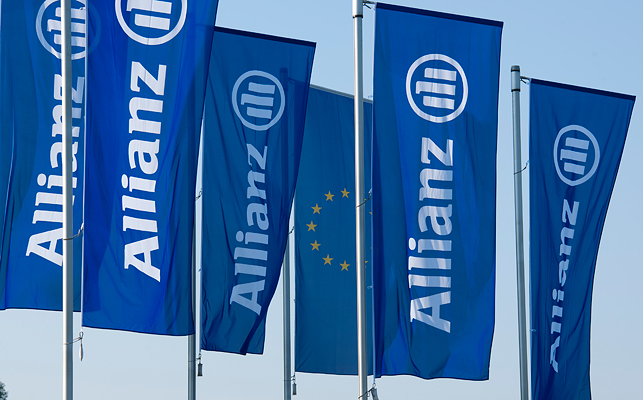The climate is changing. Why aren’t sovereign wealth funds?
American humorist Mark Twain once said, “Everybody talks about the weather, but nobody does anything about it.” He was wrong. Even as he was uttering those words, humanity had long been engaged in pumping the atmosphere full of greenhouse gas.
Today, our atmosphere is denser with carbon dioxide than at any point in the last 4 million years. Carbon dioxide is the primary greenhouse gas emitted through human activities and we are at a time when climate change is moving from being an abstract issue to an existential crisis.
The Intergovernmental Panel on Climate Change’s recent report makes clear that this year’s burst of extreme weather events results from rising average temperatures. Each fraction of a degree of warming will bring greater rainfall, higher rises in sea levels and more intense droughts and wildfires.
The report is equally clear that dramatic action must occur. Financial institutions must contribute and support the development of solution programs and their implementation. Against this background, a group of large Asset Owners formed the UN-convened Net-Zero Asset Owner Alliance.
This alliance is not only committed to net-zero but to GHG reduction already by 2025, and it is actively working on sector pathways and on defining transformation plans together with various companies. Yet, sovereign-wealth funds (SWF) are still the exception in this alliance and altogether only very few of them have set net-zero targets. The world, therefore, has yet to tap into the power of one of its most significant financial resources. The 90-plus sovereign-wealth funds in the world oversee more than $9.7 trillion in assets. Their influence is significant.

Member of the Board of Management of Allianz SE
Investments, ESG
Ignoring SWF emissions is a COP out
Net-zero initiatives are being established in the banking, investment management and institutional investor industries, representing $37 trillion, $43 trillion and $6.6 trillion in assets under management (AUM), respectively. However, no similar initiative is seen amongst SWFs.
The issue is that greenhouse gases are measured at the country level as part of nationally determined commitments to reducing emissions. However, this approach significantly understates the climate impact countries have via SWFs with extensive foreign asset holdings.
For example, the world’s largest SWF, the Government Pension Fund of Norway (also known as the Norwegian Oil Fund), holds assets of $1.3 trillion – three times the size of Norway’s economy. Its equity portfolio spans 73 countries and 49 currencies, including holdings in over 9,000 companies. Altogether, the carbon footprint is 107.6m tonnes, twice Norway’s total annual emissions.
Despite this, the Norwegian Oil Fund does not have specific emissions reduction targets or adopted a climate-adjusted equity benchmark. While the fund has divested 170 companies with high greenhouse gas emissions or that contributed to deforestation, these exclusions were because of climate risk to portfolio value rather than being part of a climate impact strategy.
Norway is far from alone. SWFs are often owned by governments with ambitious climate objectives. However, only eight SWFs from a group of 34 that responded to a recent survey from the International Forum of Sovereign Wealth Funds report having more than 10% of holdings in climate-related strategies, while only 14% of the SWFs have made divestment decisions related to climate or environmental targets. Further, only 12% have an explicit climate-change policy.
It is disingenuous of governments acting domestically on climate commitments to pretend emissions linked to foreign investments of SWFs are somehow separate from the all-encompassing threat we face. Governments should instead be using the financial weight of SWFs to drive climate action internationally.
Sovereign wealth funds must go green
There are compelling reasons why they should do this. First, we can no longer afford SWFs sitting on the sidelines as the world tackles climate change. Net-zero 2050 targets are becoming a mainstream expectation for all large institutional investors. Governments should also have their funds become robust supporters of their emission reduction programs.
Second, it makes financial as well as ethical sense. The Norwegian Oil Fund had $23.3bn invested in fossil fuel at the end of 2020, said Global SWF in its June newsletter. By the calculations of that research firm, those investments lost 23%, 10% and 11% in the one, two and three-year periods ending 31 December. In comparison, green investments in the portfolio gained 92%, 257% and 316% over the same timeframes.
There is no reason for the Norwegian Oil Fund “not to divest from its (still very significant) portfolio of fossil fuel stocks and use the proceeds to invest more in companies engaged in renewable energy, both listed and private,” concludes Global SWF.
Furthermore, governments can typically only steer the development of their national economy but wield little influence internationally on climate laggards. Given the reach and influence of SWFs, governments could bring pressure to bear on companies and countries baulking at their climate responsibilities. For example, the Norwegian Oil Fund owns 1.4% of global stocks and shares, offering a powerful lever for climate change action.
Saving the future
It is anticipated that the Norwegian Labor Party’s victory in the September elections, which focused on the country’s fossil-fuel dependence, will lead the way to more stringent environmental policies. Part of this is likely to be a go-ahead to the Norwegian Oil Fund to insist that all companies in the portfolio have clear targets for cutting CO2 emissions. I would applaud such an initiative and hope that it encourages other SWFs to make similar moves.
More so than most other investors, SWFs are uniquely positioned to make long-term investments. Shifting the global economy from “brown” to “green” requires changes on the scale of another industrial revolution. SWFs have the financial clout and investment horizon to drive the transition to a low-carbon economy and can reap massive returns by creating new markets or entering them early.
Countries like Norway, and Abu Dhabi, France, Ireland, New Zealand and Singapore, could lead a global SWF movement toward net-zero commitments at COP26. If they do, other funds with large investment teams may soon follow. Those with fewer resources would, one hopes, be close behind them.
Most SWFs were established as savings vehicles for future generations. Their investments should be contributing to the conservation of the climate that those generations will live in. Failure to be part of the solution will ensure those generations not only have grounds to complain about the weather but increasingly come to fear it.
For further reading on this and related topics, visit the World Economic Forum’s website.
Related information
About Allianz
** As of December 31, 2023.



